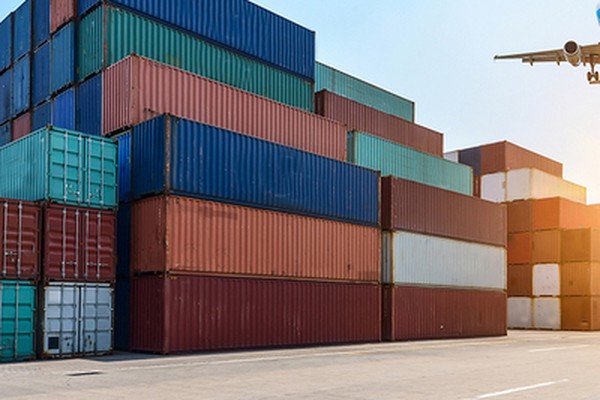
Logistiek en procesbeheer
Het zijn boeiende, maar ook zeer uitdagende, tijden. Veranderende marktomstandigheden, blijvende kostendruk en e-commerce (met focus op snelheid, flexibiliteit en juistheid) dwingen ondernemingen om hun logistiek op orde te hebben.
Logisol Pro staat u bij met expertise in logistiek, distributie en procesbeheer in België en ver daarbuiten.
Analyseren van de situatie
Wij zijn er diep van overtuigd dat een adviesopdracht een expertopdracht moet zijn. De expert ondersteunt de medewerkers bij het analyseren van de situatie, heeft marktkennis en benchmark data om te ondersteunen bij juiste resultaatgerichte concepten en keuzes in oplossingen en combineert zijn kennis met een grote dosis creativiteit.

Dit resulteert in werkbare oplossingen die door de volledige organisatie gedragen worden. Het aanpakken van logistieke verandertrajecten start met een begrip van de omgeving om van daaruit conform de doelstellingen een haalbaar werkingsconcept neer te leggen en dit dan verder te verfijnen richting implementatie.
Met een open geest
Wij zorgen ervoor dat de operationeel-strategische focus vertaald wordt in gerichte methoden, het correcte werkingsconcept, de juiste processen, de gepaste beschikbaarheid van informatie, de goede organisatie en de juiste meet- en hulpmiddelen ter evaluatie. Alleen zo kunnen operationele doelstellingen behaald worden. Het totaalplaatje moet kloppen.
Ondernemingen hebben hiervoor ondersteuning nodig, weg van de dagdagelijkse operationele beslommeringen en met een open, vrije en creatieve geest. Maar de stem van de medewerkers moet wel meeklinken. Veel adviesverleners vallen terug op gekende adviesmethodes en een beperkt aantal oplossingen, focussen vooral op data-analyse en missen business visie.
Maak een afspraakSamenwerking tussen
verschillende domeinen.
We kunnen dit op twee manieren aanpakken: studie/constultancy of continu verbeteren.

Studie/consultancy

Doorlopend verbeteren/bijsturen


EXPERTISE
Wij zijn er diep van overtuigd dat een adviesopdracht een expertopdracht moet zijn. De expert ondersteunt de medewerkers bij het analyseren van de situatie
 nl
nl Français
Français English
English





















